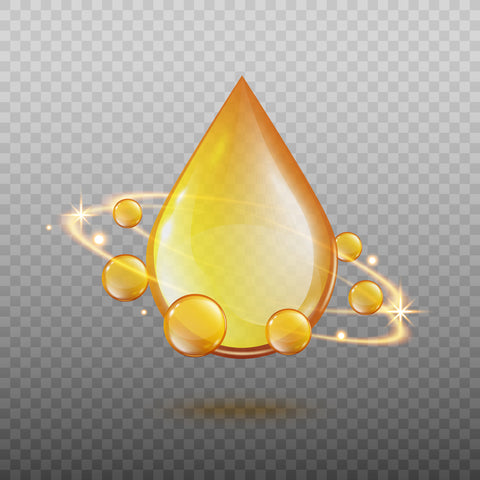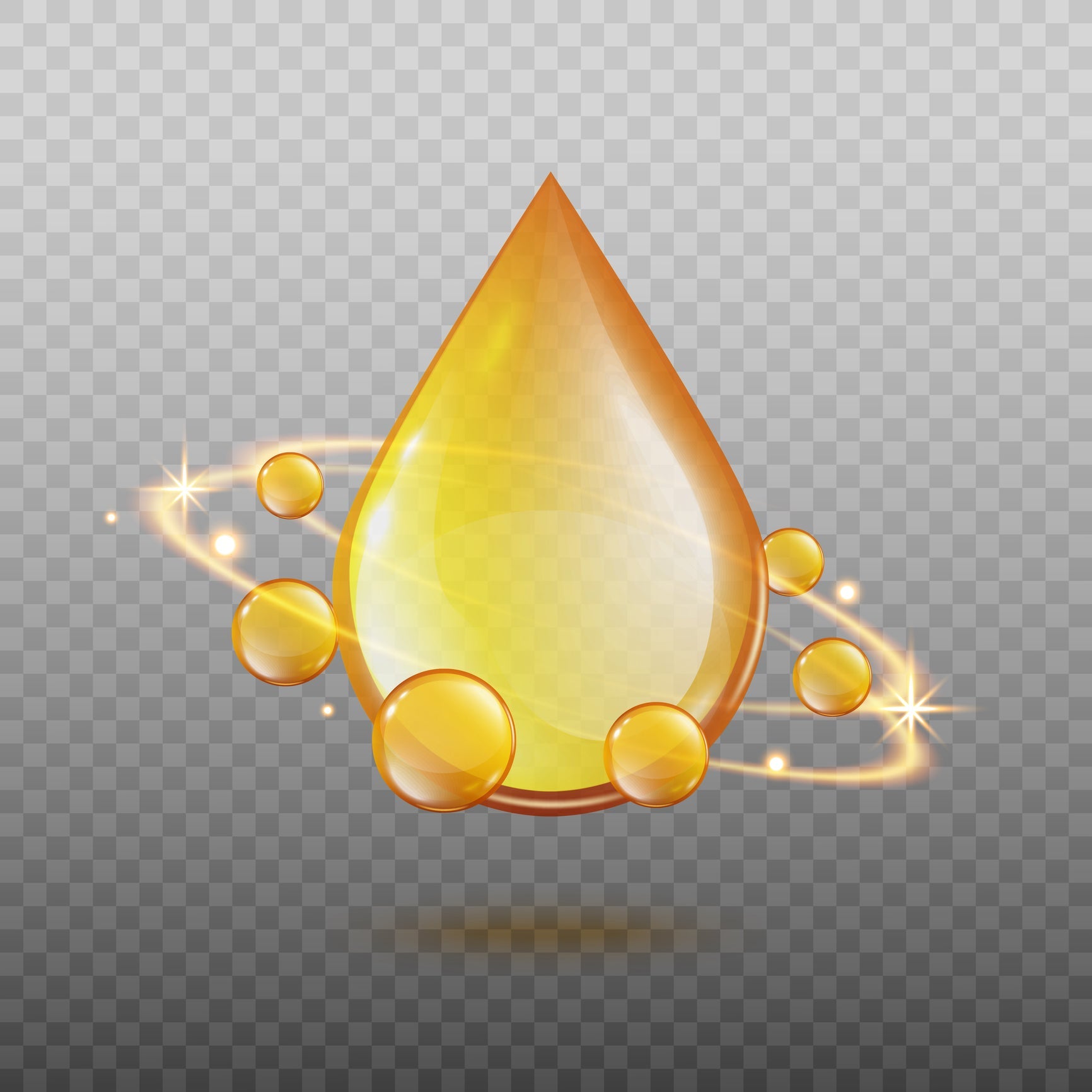
Research suggests postbiotics may strengthen and balance your skin’s protective barrier while supporting healthy hair growth.*
To understand the health benefits and significance of POST-biotics, a relatively new member of the biotics family, a brief review of PRO-biotics and PRE-biotics is helpful. In 2001, PRO-biotics were defined as “live microorganisms which, when administered in adequate amounts, confer a health benefit on the host” by the Expert Panel commissioned by the Food and Agriculture Organization of the United Nations and supported by the World Health Organization. Unfortunately, PRO-biotics may or may not produce the optimal beneficial postbiotic compounds in an adequate quantity, especially when consumption of PRE-biotics, including dietary fiber, is not sufficient. A PRE-biotic is “a substrate that is selectively utilized by host micro-organisms conferring a health benefit.” To produce POST-biotics, the living PRO-biotics must digest and transform the PRE-biotics.1,2
Since the production of beneficial POST-biotic compounds is not guaranteed, even with PRO-biotic and PRE-biotic supplementation, there are now supplements that contain the postbiotics themselves. In 2021, the International Scientific Association of Probiotics and Prebiotics (ISAPP) proposed the following definition of postbiotic – a “preparation of inanimate microorganisms and/or their components that confers a health benefit on the host.” Essentially, postbiotics are the dead probiotics and the probiotic‐derived compounds secreted by the probiotics while they were alive.3 Postbiotic substances include enzymes, bioactive peptides, short-chain fatty acids, antimicrobial peptides, polysaccharides, cell surface proteins, vitamins, plasmalogens, and organic acids. It has been hypothesized that these postbiotic substances are responsible for the health benefits of probiotics. While most postbiotics are taken orally (swallowed), they can also be applied topically to the skin. To date, only a few research studies have assessed the benefits of the topical use of postbiotics, but the results are quite encouraging.4
One clinical trial investigated the application of a postbiotic gel to the scalp to support hair regrowth in patients with an autoimmune condition known as alopecia areata. Alopecia areata affects both men and women, is the second most common form of hair loss affecting the scalp, and is characterized by one or more circular bald patches on the head. The trial was a randomized double-blinded parallel-group study that included 160 participants with alopecia areata. Eighty participants applied the placebo gel, and eighty participants applied the postbiotic gel. The placebo and treatment groups had comparable demographic characteristics. The study used the Severity of Alopecia Tool (SALT) score to assess the efficacy of the postbiotic gel and the placebo gel after three months of treatment. Since the study was “double-blinded,” neither the patients nor the researchers knew who was applying the postbiotic gel until after the study was complete. It is important to note that all enrolled subjects were unresponsive to earlier treatments, and it had been at least one year since they last attempted treatment. In the group that applied the postbiotic gel, 47.50% of subjects achieved 100% hair regrowth, 13.75% achieved partial hair regrowth, and only 6.25% of the subjects reported no response. In contrast, only 5% of the subjects who applied the placebo gel reported a complete regression of the alopecia areata (100% hair regrowth). There were no adverse events reported during the study, and all participants were compliant with the use of their prescribed gel.4
A recent animal study looked at the effects of postbiotics on wound healing, which is a dynamic and complex biological phenomenon that prevents infections and restores the integrity, function, and strength of the skin after injury. The study observed the effects of a placebo cream and three cream formulations composed of different postbiotic blends to determine if the topical application of postbiotics accelerates the healing process. The efficacy of the postbiotic creams was appraised by measuring wound sizes, calculating wound healing percentages, assessing hydroxyproline content, and evaluating the tissue samples histopathologically (under the microscope) to assess progress through the phases of wound healing.5
The probiotics used to produce the postbiotic blends in the three creams were:
- Formulation 1: Lactobacillus fermentum
- Formulation 2: Lactobacillus reuteri
- Formulation 3: Bacillus subtilis (natto)
There were five groups of animals included in this study – a control group that received no treatment, a placebo group that received a cream with no postbiotic, and a group for each of the three postbiotic cream formulations mentioned above. Each group included five animals, and the creams were applied topically for 14 days.5
Wound sizes decreased while wound healing percentages increased significantly from Day 2 to Day 14 in all five groups. There was no significant difference between the group receiving no treatment and the group receiving cold cream without postbiotics during almost all days of the treatment period. From Day 4 to Day 14, the application of all three cold creams containing postbiotics resulted in statistically significant smaller wound sizes and higher wound healing percentages when compared with the untreated group (the control group) and the group treated with the placebo. The wound sizes were the smallest, and the wound healing percentages were the highest in the groups receiving the Lactobacillus reuteri cold cream (Formulation 2) and the Bacillus subtilis (natto) cold cream (Formulation 3), followed by the Lactobacillus fermentum cold cream (Formulation 1). The wound healing process in the two groups receiving the L. reuteri cold cream and the B. subtilis (natto) cold cream was complete by Day 14 when the healing percentages reached 100%.5
The researchers also assessed hydroxyproline content as part of the study. Hydroxyproline is a component of collagen, and its measurement is a biomarker for collagen production in the skin. The calculated hydroxyproline levels in the tissue of the three groups treated with postbiotics were significantly increased when compared to the levels present in the groups receiving either no treatment or the placebo. Amazingly, all three postbiotic cold cream groups showed a higher amount of hydroxyproline than the untreated and placebo groups, and the results were statistically significant.5
According to the assessment, the epithelialization process, which re-establishes the intact outer layer of the skin, was complete in the groups receiving the L. reuteri and the B. subtilis (natto) postbiotic cold creams by Day 14.6 At the beginning of an injury, inflammation is activated to initiate the wound healing process; however, it is the subsequent decrease in inflammation that allows the healing process to progress. In the study assessment, the group treated with placebo cream, the group receiving no treatment, and the group receiving the L. fermentum cold cream had the highest degrees of inflammation. The group receiving the L. reuteri cream had no inflammation, and the group receiving the B. subtilis (natto) postbiotic cream had mild inflammation, demonstrating improved wound healing in these two postbiotic groups. This animal study confirms postbiotics can effectively boost the wound healing process; however the significance of their efficacy may depend upon the bacterial strain, the amount administered, and other factors that require additional analysis.5
Research on the use of topical postbiotics in skincare and dermatological therapy is in the initial stages and an exciting subject for further study.
You May Also Enjoy
DO YOU FEEL LIKE YOUR VITALITY AND IMMUNE HEALTH COULD USE A BOOST?
While many of us know that daily supplementation with probiotics supports health, research is now beginning to teach us about the fascinating world of POSTbiotics!
References
-
Knackstedt R, Knackstedt T, Gatherwright J. The role of topical probiotics in skin conditions: A systematic review of animal and human studies and implications for future therapies. Exp Dermatol. 2020 Jan;29(1):15-21. doi:10.1111/exd.14032
-
Gibson GR, Hutkins R, Sanders ME, et al. Expert consensus document: The International Scientific Association for Probiotics and Prebiotics (ISAPP) consensus statement on the definition and scope of prebiotics. Nat Rev Gastroenterol Hepatol. 2017 Aug;14(8):491-502. doi:10.1038/nrgastro.2017.75
-
Salminen S, Collado MC, Endo A, et al. The International Scientific Association of Probiotics and Prebiotics (ISAPP) consensus statement on the definition and scope of postbiotics [published correction appears in Nat Rev Gastroenterol Hepatol. 2021 Jun 15]. Nat Rev Gastroenterol Hepatol. 2021;18(9):649-667. doi:10.1038/s41575-021-00440-6
-
Rinaldi F, Trink A, Pinto D. Efficacy of Postbiotics in a PRP-Like Cosmetic Product for the Treatment of Alopecia Area Celsi: A Randomized Double-Blinded Parallel-Group Study. Dermatol Ther (Heidelb). 2020;10(3):483-493. doi:10.1007/s13555-020-00369-9
-
Golkar N, Ashoori Y, Heidari R, et al. A Novel Effective Formulation of Bioactive Compounds for Wound Healing: Preparation, In Vivo Characterization, and Comparison of Various Postbiotics Cold Creams in a Rat Model. Evid Based Complement Alternat Med. 2021 Dec 7;2021:8577116. doi:10.1155/2021/8577116
-
Xiao T, Yan Z, Xiao S, Xia Y. Proinflammatory cytokines regulate epidermal stem cells in wound epithelialization. Stem Cell Res Ther. 2020;11(1):232. Published 2020 Jun 11. doi:10.1186/s13287-020-01755-y



Leave a comment